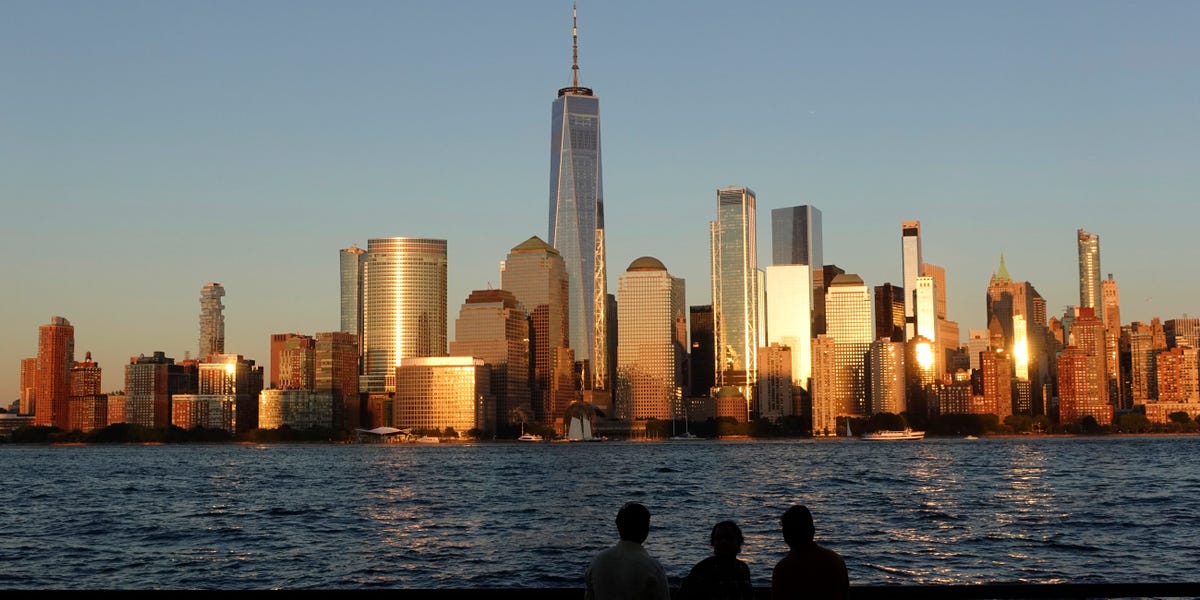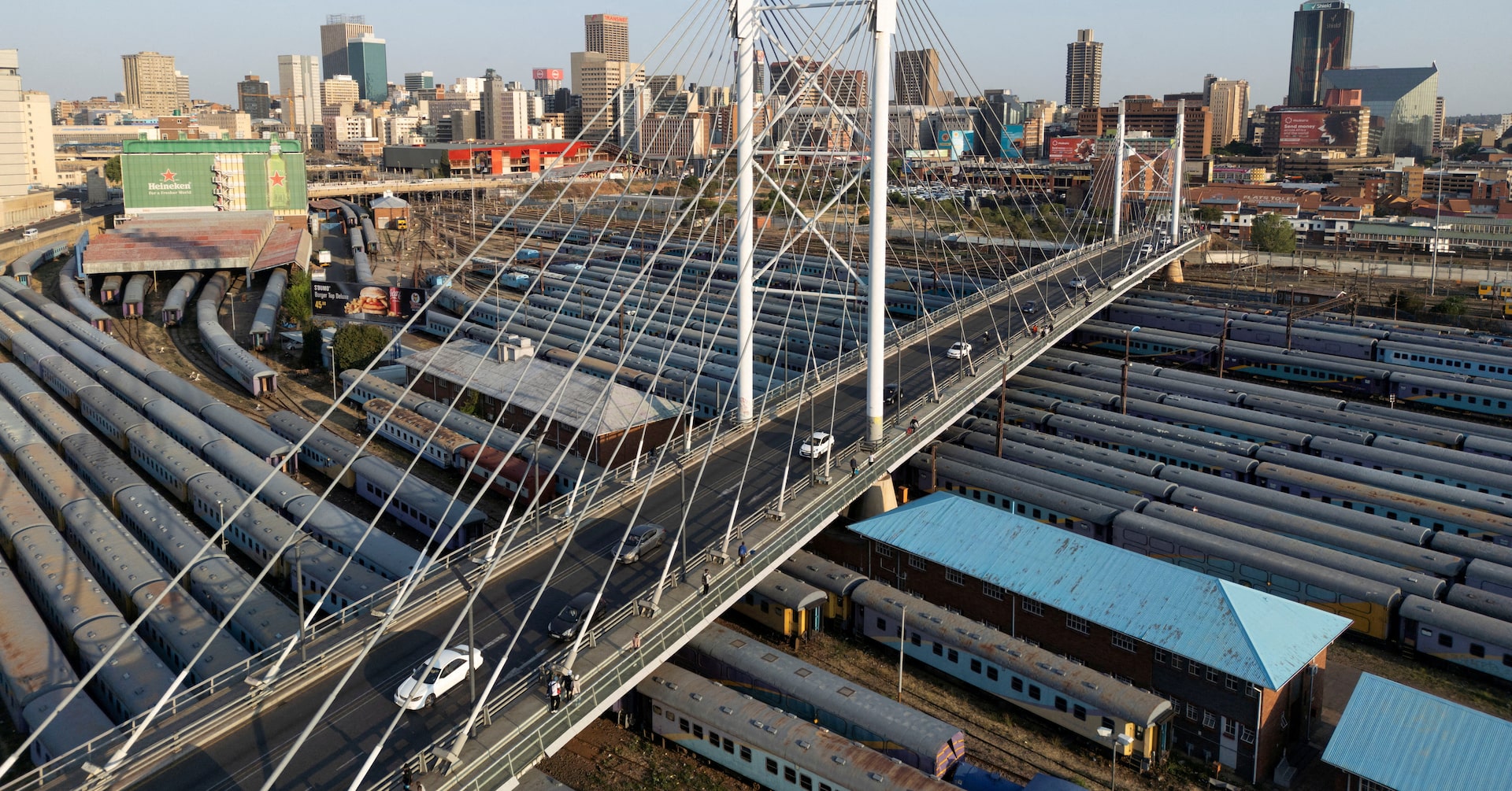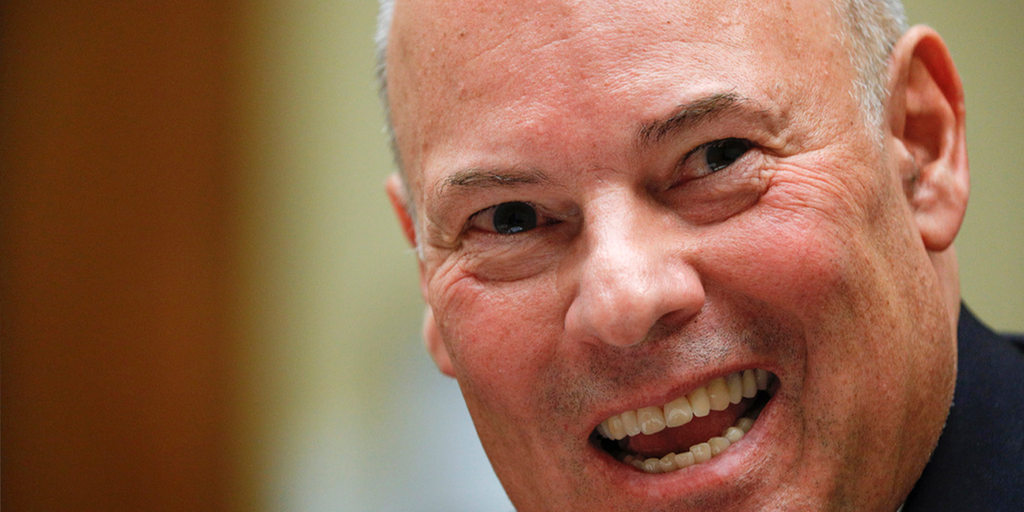Towers of Resilience: Manhattan's Skyline Transforms Two Decades After 9/11

A Photographic Journey: Transforming Ground Zero from Devastation to Resilience
In the wake of the tragic September 11, 2001 terrorist attacks, New York City embarked on an extraordinary journey of healing and reconstruction. A compelling visual narrative spanning nearly a quarter-century reveals the remarkable transformation of Ground Zero—from a scene of unimaginable destruction to a powerful memorial and vibrant urban landscape.
These photographs chronicle more than just physical reconstruction; they capture the spirit of resilience, hope, and renewal that defined New York City's response to one of the most devastating moments in modern history. Each image tells a story of community strength, architectural innovation, and the unwavering determination to rebuild and remember.
From the initial aftermath of twisted steel and pulverized concrete to the now-standing One World Trade Center and the poignant 9/11 Memorial, these images document a profound urban metamorphosis. They serve as a testament to human resilience and the city's commitment to honoring those lost while creating a forward-looking, inspiring space that symbolizes hope and unity.








